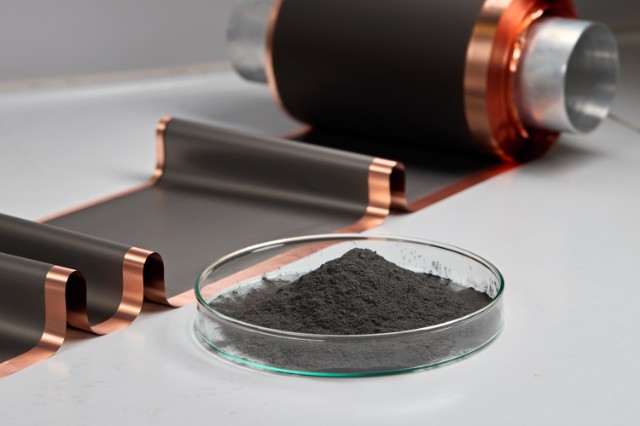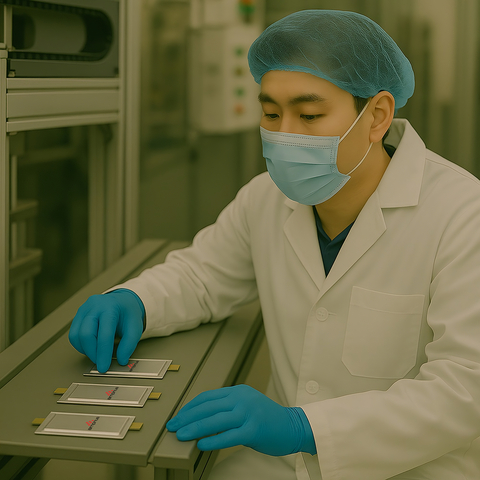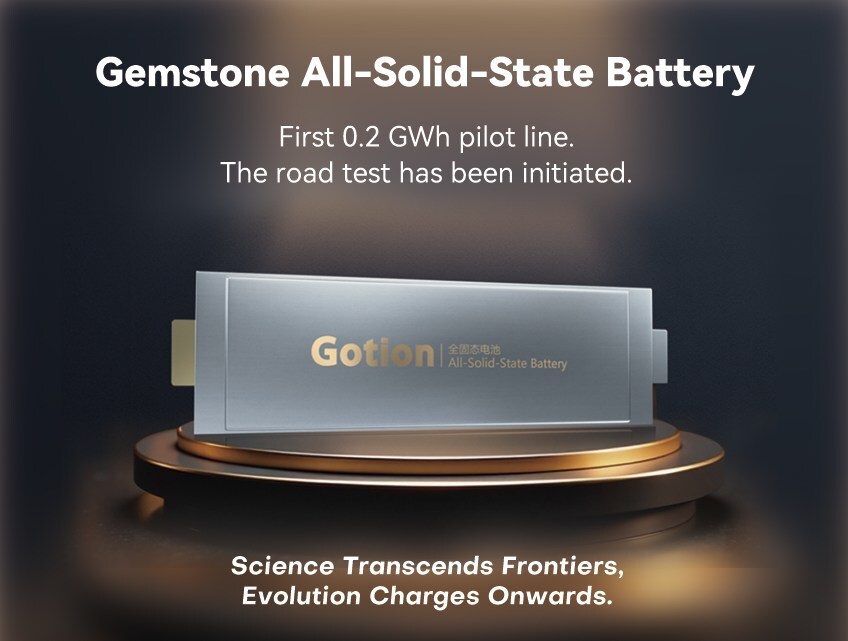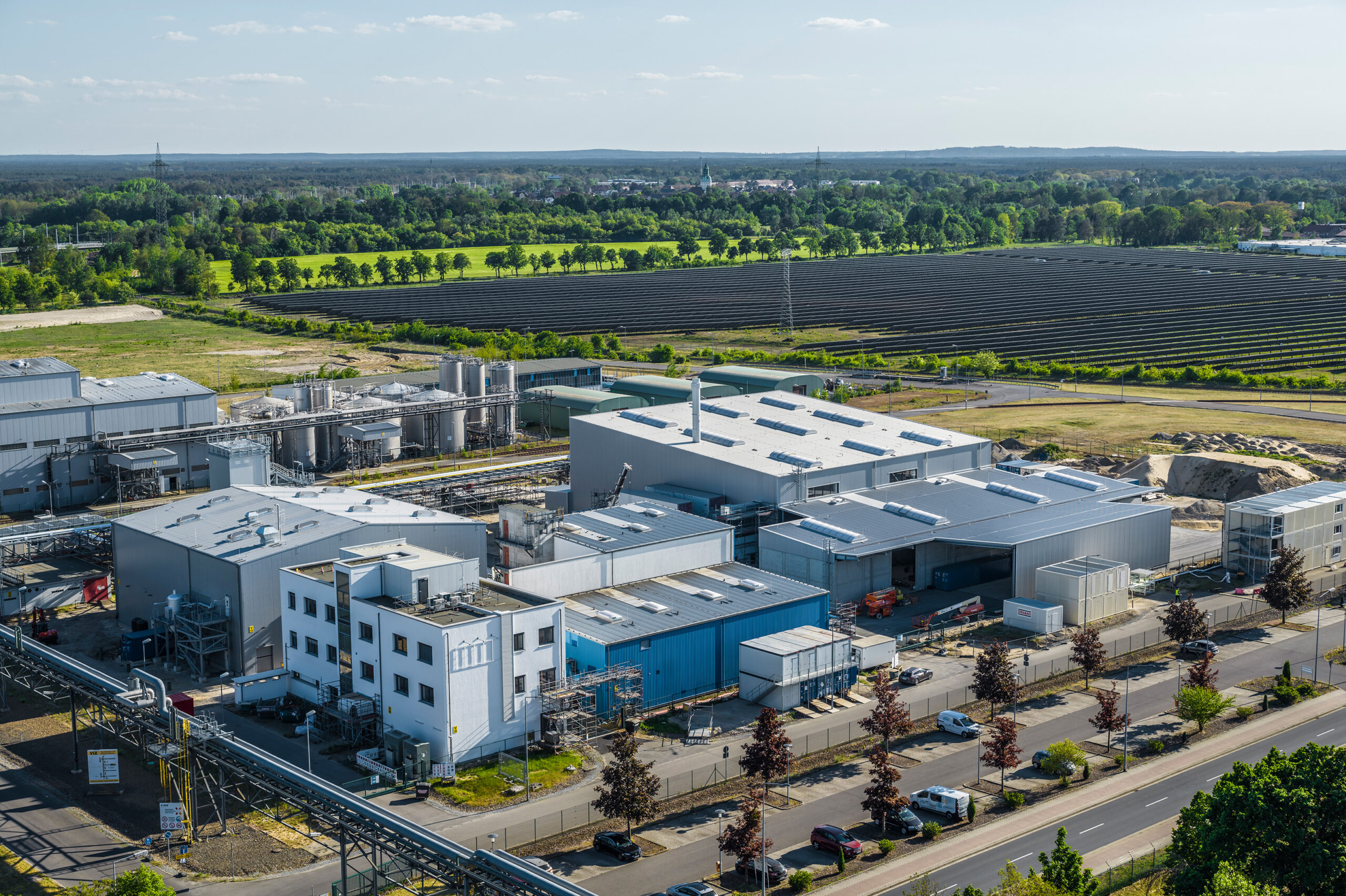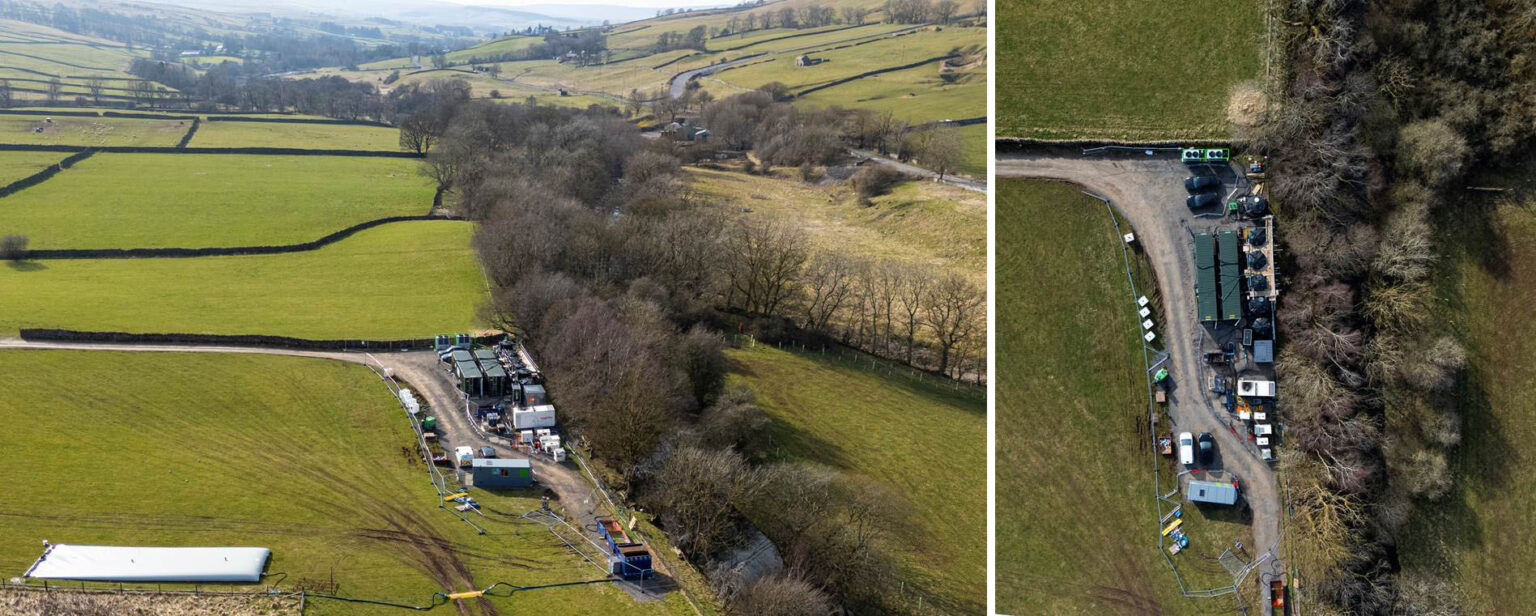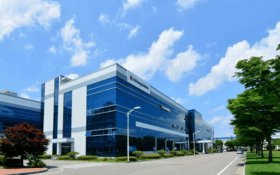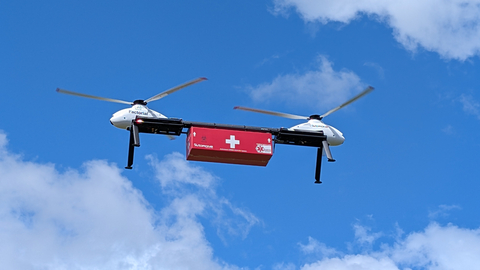The Joseph von Fraunhofer Prize for 2025 was awarded to a team of researchers headed by Benjamin Schumm, Holger Althues and Stefan Kaskel from the Fraunhofer Institute for Material and Beam Technology IWS in Dresden. They have developed a method called DRYtraec, a revolutionary technology that permits cost-effective, eco-friendly manufacturing of battery electrodes.
DRYtraec stands for dry transfer electrode coating, a novel method of battery cell production that uses none of the toxic solvents that are otherwise typical and eliminates the energy-intensive and costly drying of the electrode layers.
Benjamin Schumm explains that “DRYtraec technology makes it possible to produce an electrode layer directly from a dry mixture consisting of active material, conductive carbon black and binders.” The method uses a special kind of calender that mechanically anchors the particles of the active material and conductive carbon black in a process called fibrillation.
“For DRYtraec, we realised an R&D platform that offers industry customers a broad range of options, from testing to transfer to commercial use, all along the value chain. Now that we have licensed the technology to a leading company in the European automotive industry, this is paving the way for further scaling up to mass production,” says Holger Althues at Fraunhofer IWS.
The DRYtraec method is also suitable for battery technologies of the future, such as sodium-ion and solid-state batteries. “Drop-in” capability for electrode production has been demonstrated for these cell systems. Kaskel, Technology Field Manager Battery Technology at Fraunhofer IWS, explains: “We first realised this process for electrodes in lithium-ion batteries and have now adjusted it for lithium-sulphur and solid-state batteries as well. These will be increasingly important in the future, but the materials’ performance suffers with wet chemical processing. With DRYtraec, we offer a promising approach with twice the advantages.”

